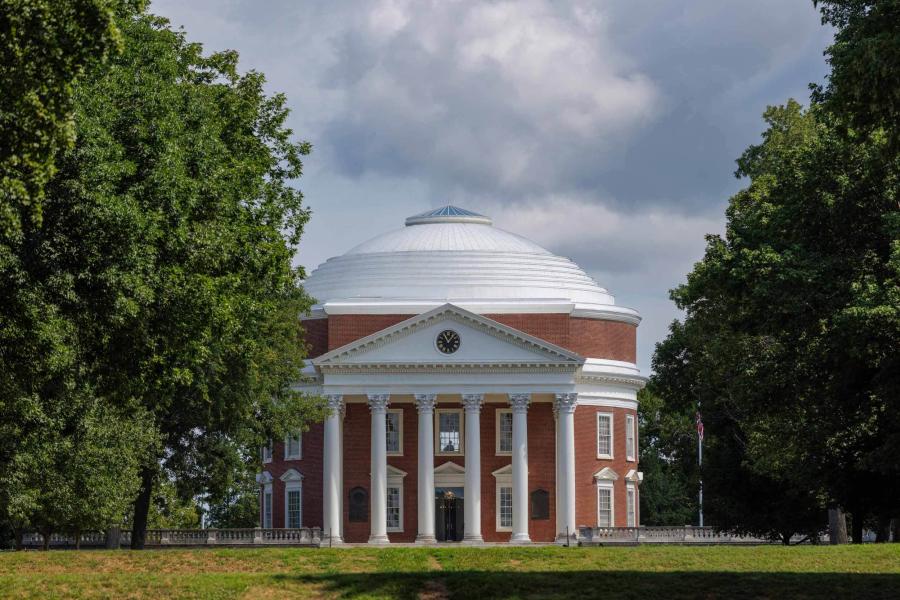The signs say “Interest Rate Cuts Ahead” – maybe.
The U.S. economy is showing steady growth, while inflation continues to retreat from the elevated levels that increased the prices of almost everything from groceries to home and auto loans since the COVID-19 pandemic.
Those price pressures persuaded the Federal Reserve to institute a series of interest rate hikes with the goal of slowing economic growth. Now that economic indicators show inflation may be tamed, that could lead the Fed to a cut, or series of cuts, in interest rates.
To get a better idea of what may go on, and what it means, we sought context from Rodney Sullivan, executive director for the Mayo Center of Asset Management at the University of Virginia Darden School of Business.
Q. What sort of interest rates will the Fed be likely to cut?
A. The Fed is widely expected to reduce short-term interest rates, specifically the federal funds rate, during their upcoming meeting in September. This is the rate that applies to commercial banks when they borrow and lend to each other, and in turn, influences the interest rates that apply to many other short-term loans.
Over the past two years, the Fed rapidly increased interest rates to curb rising inflation. Now, the anticipated rate cuts signal a shift in focus and bring into better balance the risks between inflation and rising unemployment amid growing concerns about a possible economic recession.
Q. How could rate cuts affect the economy?
A. The federal funds rate is a critical tool the Fed uses to influence economic activity, including inflation, employment and overall financial conditions in the U.S.

Rodney Sullivan is the executive director for the Mayo Center of Asset Management at UVA’s Darden School of Business. (Contributed photo)
Lowering rates typically makes borrowing money cheaper, which can encourage both consumer spending and business investment. This is good news for consumers, as it likely means lower interest rates on mortgages, car loans and credit cards, making it more affordable to borrow and spend.
The Fed’s aim with a rate cut would be to stimulate the economy and employment in order to prevent an economic recession. This change in focus by the Fed has become increasingly important to maintaining economic stability as the economy has been cooling in recent months.
Q. What would interest rate cuts mean for markets and investments?
A. In light of a slowing economy and cooling of inflation, a reduction in interest rates would likely lead to lower borrowing costs for businesses, which could stimulate economic growth by encouraging expansion and new hiring.
Additionally, lower rates generally provide a boost to financial markets, as the outlook for economic growth and corporate profitability improves. For these reasons, investors often view rate cuts as positive, driving up stock prices and improving market sentiment.
Q. What is the likelihood of the Fed cutting rates?
A. While anticipated by many, a rate cut by the Fed is not certain. The Fed’s mandate is to, as best as it can, balance the risks between the competing objectives of keeping inflation low and maintaining full employment.
It is well understood that this can be a daunting task. Forecasting economic growth and inflation is never easy, even with the Fed’s deep expertise. How the economy unfolds in the coming months is unclear, and the Fed has plainly suggested that the path to lower rates will be driven by incoming economic data.
In short, there remains continued uncertainty around how any Fed rate cuts will play out this year.
Media Contact
Article Information
September 12, 2025






